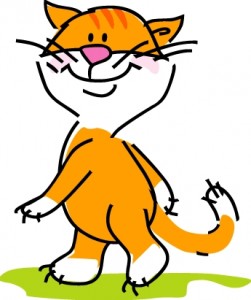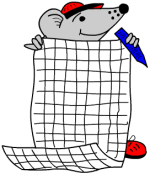Maths vocabulary from mathsblog.co.uk
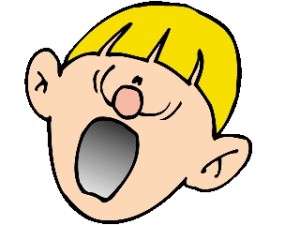 Continuing with the list of vocabulary that children in year 1 are expected to become familiar with is this set on measures and shape. Much of this is to do with time. Earlier sets of words can be found in the reception worksheet section of the site.
Continuing with the list of vocabulary that children in year 1 are expected to become familiar with is this set on measures and shape. Much of this is to do with time. Earlier sets of words can be found in the reception worksheet section of the site.
Words to do with measures and shape:
roughly metre ruler metre stick
seasons spring summer autumn winter
weekend month year midnight
fast faster fastest
half past how long ago? how long will it be to…?
how often?
always never often sometimes usually
once twice
point pointed
cuboid cylinder
(Taken from Mathematical Vocabulary Book DfEE)
The attached pdf has this vocabulary written large so that they can be cut out and use as flash cards/display etc.

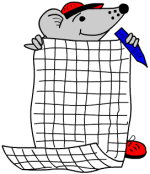
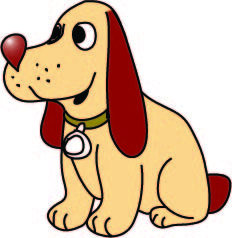
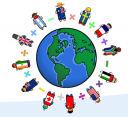
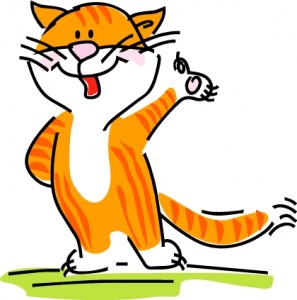 Here is a worksheet which looks at multiplying a 2-digit number by 2. It uses a method taught in school prior to children using the standard written method, with which you are probably familiar.
Here is a worksheet which looks at multiplying a 2-digit number by 2. It uses a method taught in school prior to children using the standard written method, with which you are probably familiar.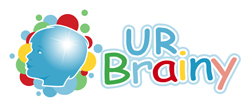


 Starting on Monday 6th October at 9.00pm on BBC 4 it takes a journey through the past and around the world, to Egypt, China, India, Russia, The Middle East and more.
Starting on Monday 6th October at 9.00pm on BBC 4 it takes a journey through the past and around the world, to Egypt, China, India, Russia, The Middle East and more.